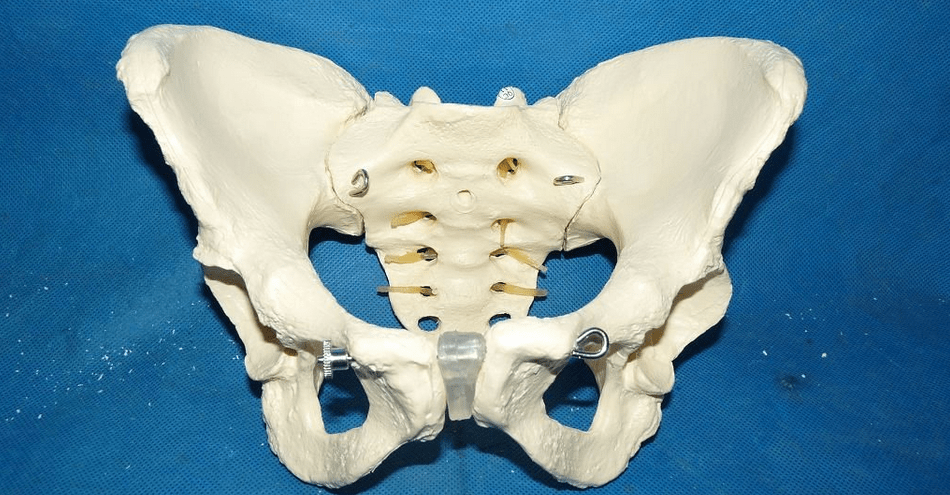Wise-Anderson Protocol for Prostatitis

Medically reviewed by Dr. Paul Song M.D
Article at a Glance
- The Wise-Anderson Protocol helps men learn to relieve pain due to pelvic floor tension.
- Treatment may involve exercise, stretches, and therapeutic tools.
- Paradoxical relaxation is a psychological component to treatment.
The Wise-Anderson Protocol is considered an alternative treatment for chronic prostatitis/chronic pelvic pain syndrome (CP/CPPS). This treatment protocol was developed by a team of urologists, psychologists, and physical therapists at Stanford University. For many men, their pelvic pain is caused by tension in the pelvic floor. This tension may be triggered by anxiety or other psychological stressors. While some men hold tension in their neck, which can cause a headache, other men hold tension in their pelvic muscles without realizing it, and this tension can lead to CPPS. By using the Wise-Anderson Protocol, patients can work to eliminate their pelvic tension and retrain the behaviors or psychological issues that contribute to this pelvic tension.
The Wise-Anderson Protocol combines psychological therapy and physical therapy. The physical therapy part involves trigger point release therapy for the pelvic floor and abdominal muscles, and yoga-type exercises using pelvic floor and abdominal muscles. The men in the program are trained to use an Internal Trigger Point Wand, a tool that they use with a map of their trigger points and areas of restriction. There are Wise-Anderson multiday clinics that help train men in the protocol.
ADVERTISEMENT
There is a daily psychological component of the training because stress and emotional health play a large role in creating pelvic tension. Paradoxical Relaxation is a component of therapy that has patients listening to a one-hour recording each day. It applies a breathing technique that is used at the beginning of relaxation and instruction that helps direct a patient in letting go of tension in a specified area of the body. This takes time, which is why patients follow this program for 14 months. It is a slow process, but according to the company, it takes a long time for the patient to let go of deeply ingrained tension. Patients did not develop the pelvic tension overnight, and it will not go away overnight either. This daily program of repetitive loosening is important for achieving success and long-term benefit.
When a patient’s chronic tension (trigger points) are pressed, many of their symptoms are recreated. When the trigger points are resolved, the pelvic floor muscles relax and the related anxiety calms down. The symptoms of CPPS possibly disappear or are significantly reduced. This process takes time, but the Wise-Anderson Protocol is a drug-free way to help eliminate or significantly reduce pelvic floor tension.
There has been some research on the Wise-Anderson Protocol. A study from Stanford was published in the Journal of Urology. Researchers treated 138 men with CP/CPPS for at least a month with myofascial trigger point assessment and release therapy and paradoxical relaxation therapy. The treatment team involved a urologist, physiotherapist, and psychologist. Symptoms were assessed by survey and questionnaire. In the responses, 72% of patients had moderately improved or markedly improved clinical successes. Researchers concluded that these therapies represent an effective therapeutic approach for managing pain and urinary symptom relief for CPPS patients that is superior to traditional therapy.
